Original URL: https://www.theregister.com/2014/07/01/cassini_celebrates_10_years_running_rings_around_saturn/
SPACE: The FINAL FRONTIER. These are the TEN-YEAR images of star probe Cassini
Fuel running fearfully low, but the mission continues
Posted in Science, 1st July 2014 04:31 GMT
NASA is chuffed to be celebrating the 10th anniversary of the splendid Cassini spacecraft's arrival in orbit around mighty Saturn, the ringed gas colossus of the outer solar system.
Cassini left Earth on October 15th, 1997 and visited Jupiter in 2000. On July 1st, 2004, it surrendered to Saturn's gravity.
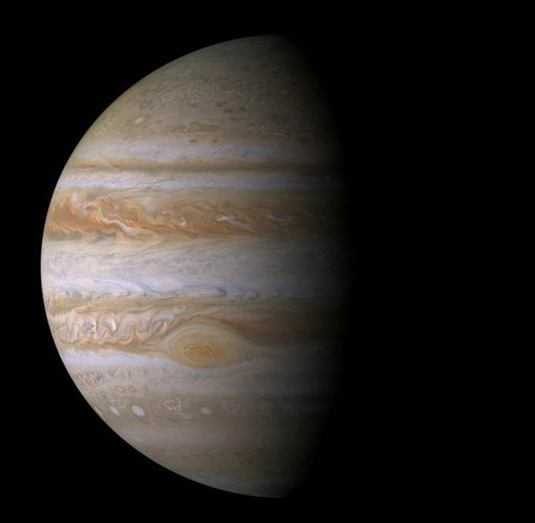
Jupiter, as seen by Cassini
A few months later, on January 15th 2005, Cassini parted company with the Huygens probe and schlepped to the more distant gas giant.
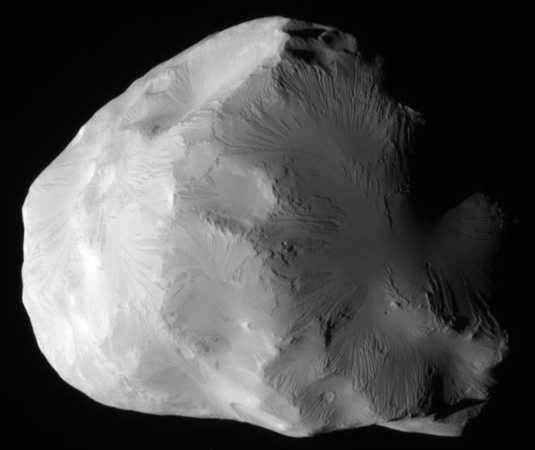
Ice moon Helene imaged by the Cassini probe
Huygens landed on Titan, Saturn's largest moon, and managed to send back some shots of its surface.
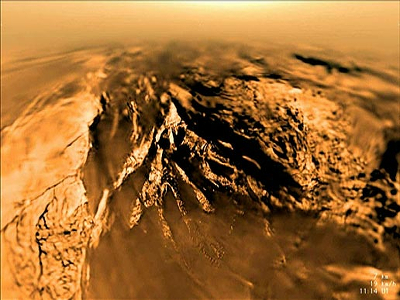
ESA Huygens probe image of a mountain on Titan
Four year space veteran - with awesome photo skills
Cassini was expected to operate for four years, but NASA says the craft “has been remarkably trouble-free”. It is therefore now in its third extended mission and there's no reason it can't keep on - other than the fact there aren't any space probe refuelling stations around Saturn.
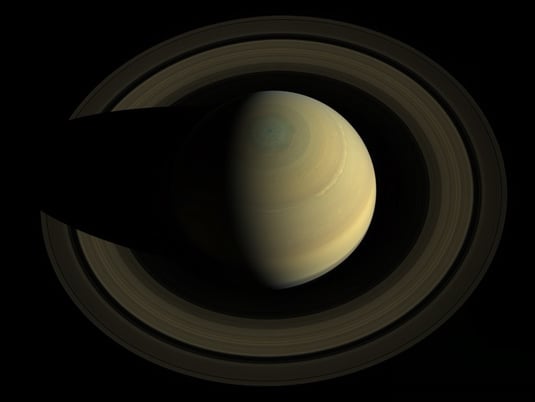
Cassini image of Saturn taken on 10 October 2013
Fuel is important because there's so much to see around Saturn and its moons that Cassini needs to nudge itself into advantageous viewing positions. It also needs to keep itself away from the planet's rings, as an encounter with the boulders that comprise them would be fatal.

Artist's impression of Cassini orbiting Saturn
Mission planners know the craft will run out of propellant in late 2016 or early 2017 and are cooking up nothing-to-lose end-of-life mission ideas that may involve a closer look at Saturn's rings or the planet itself.
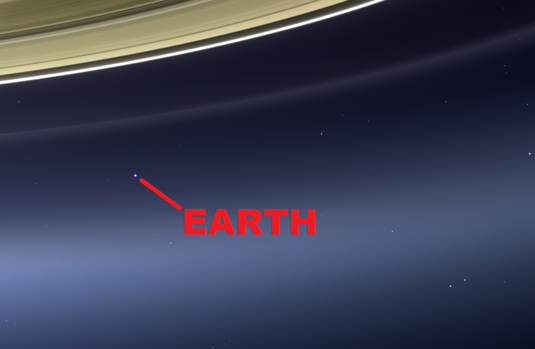
You are here
More than 3,000 scientific papers have been written based on observations made by Cassini. In recent times we've reported on discoveries like the moon Enceladus' hidden ocean and a so-called Magic Island on Titan.

Saturn's moon Enceladus, complete with suspicious blue streaks
NASA says the craft's biggest hits include discoveries of weather patterns and even rivers on Titan, a peek at a colossal storm on Saturn and revelations that the planet's rings are “a laboratory for how planets form.” ®